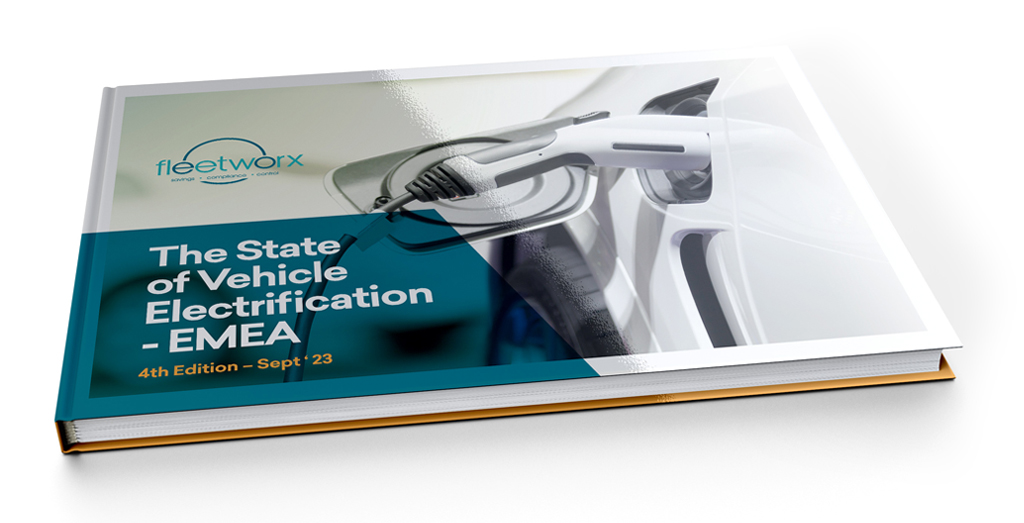The State of Vehicle Electrification, EMEA – 4th Edition September 2023
The EMEA EV Indicator
Sales of electric vehicles continued to enjoy rapid growth throughout 2022 with 21.6% of new passenger cars being electrically-charged vehicles. Battery electric vehicles (BEV) accounted for 12.1%, up from 9.1% in 2021, and a huge increase on the 1% in 2018. Plug-in hybrids maintained more stable growth, with 9.4% of new car registrations in 2022, against 8.9% in 2022.
This progress has been maintained throughout 2023, with BEV sales accounting for 13.6% of new car registrations in the first half of the year, up from 9.8% during the same period last year.
In July '23 (the most recently available data before going to press), new EU BEV registrations increased by 60.6%, reaching 115,971 and accounting for the 13.6% previously mentioned. Most EU markets grew significantly by double and triple-digit percentage gains, including the two largest, Germany (+68.9%) and France (+32.4%). Notably, Belgium recorded the highest sales with an impressive 235.9% growth. Cumulatively, battery-electric car sales recorded a significant 54.7% increase from January to July, with 819,725 units registered.
This is the 4th Edition of the EMEA EV Indicator, which maps a country’s readiness for electrification, against the urgency with which they need to encourage its implementation. This updated version sees some noticeable changes to scores. Poland's new incentive schemes has increased its readiness score, whilst Luxembourg and Spain have also seen significant changes in their readiness status due to improved incentives and infrastructure growth.
Download the 4th Edition of the EMEA EV Indicator and:
- Gain fresh insights into the evolving perspectives on vehicle electrification.
- Discover which countries are poised to embrace electric vehicles and who’s racing to catch up.
- Leverage this intelligence to craft a comprehensive pan-European company car policy

